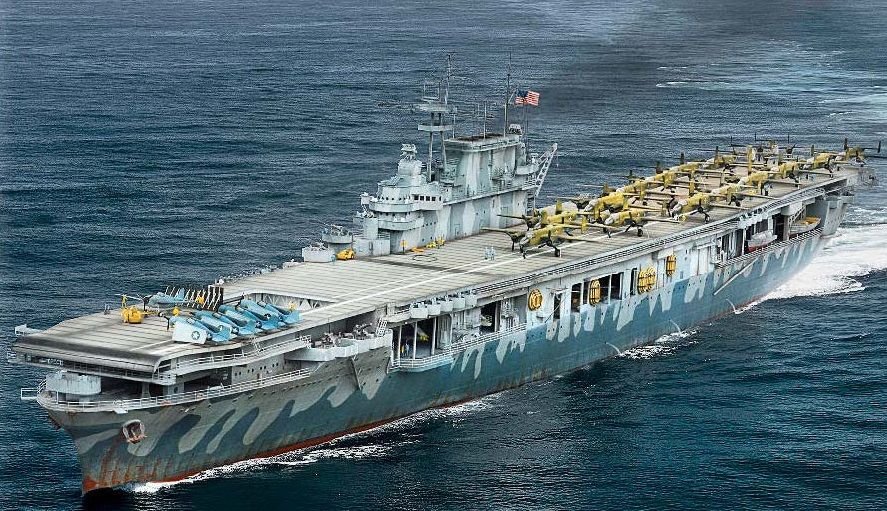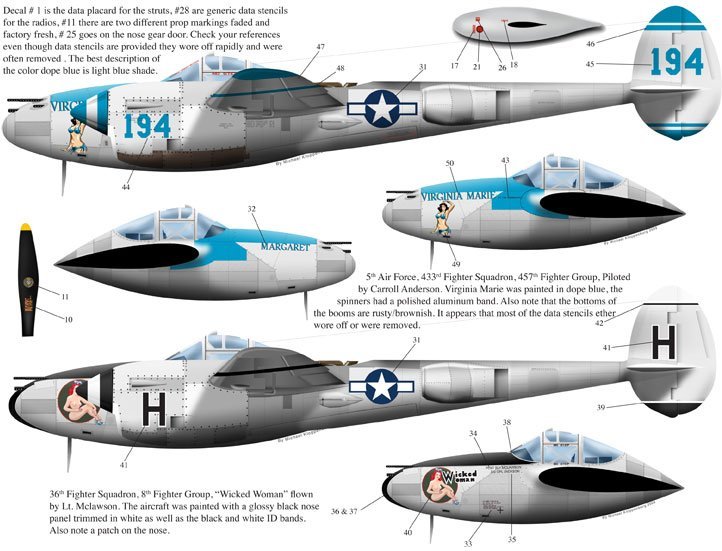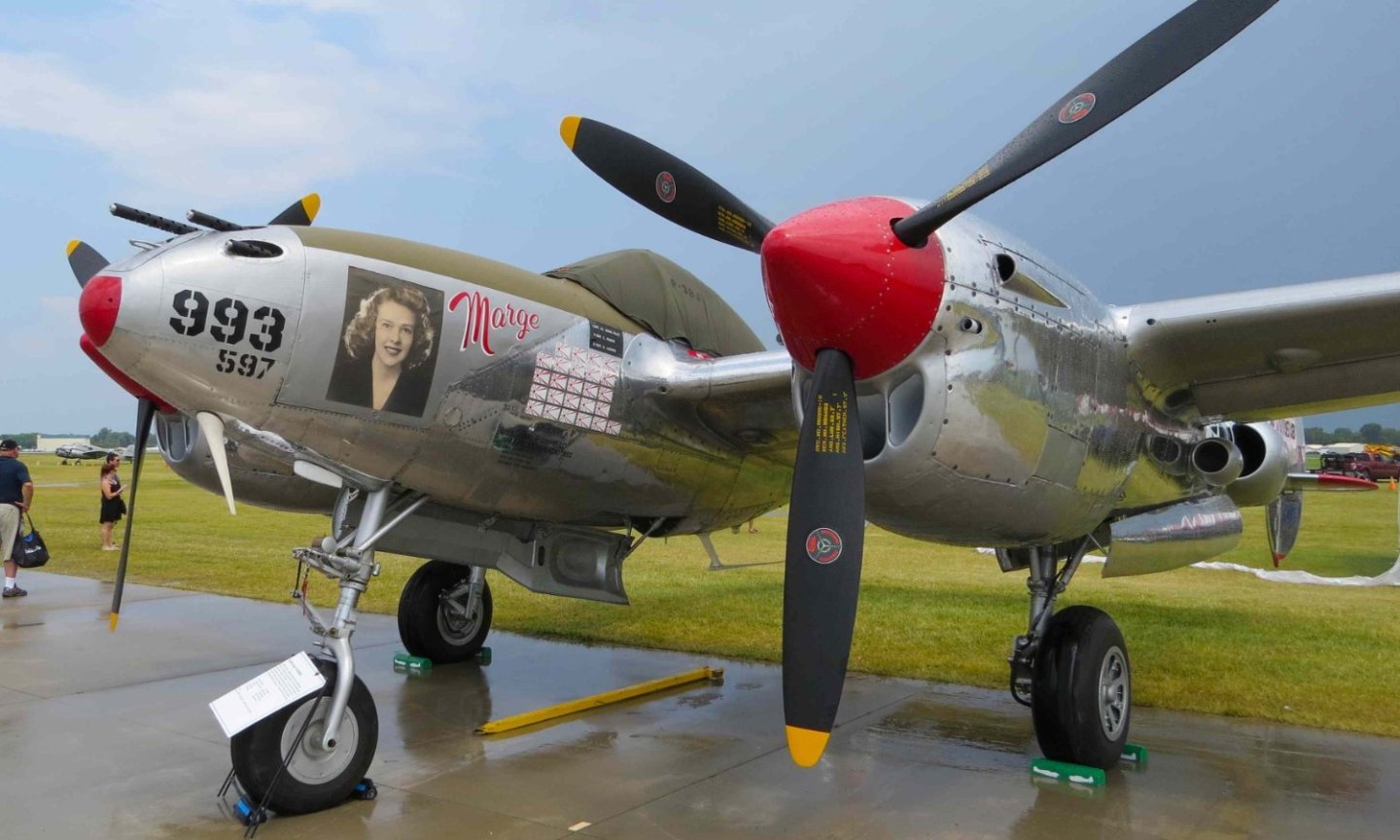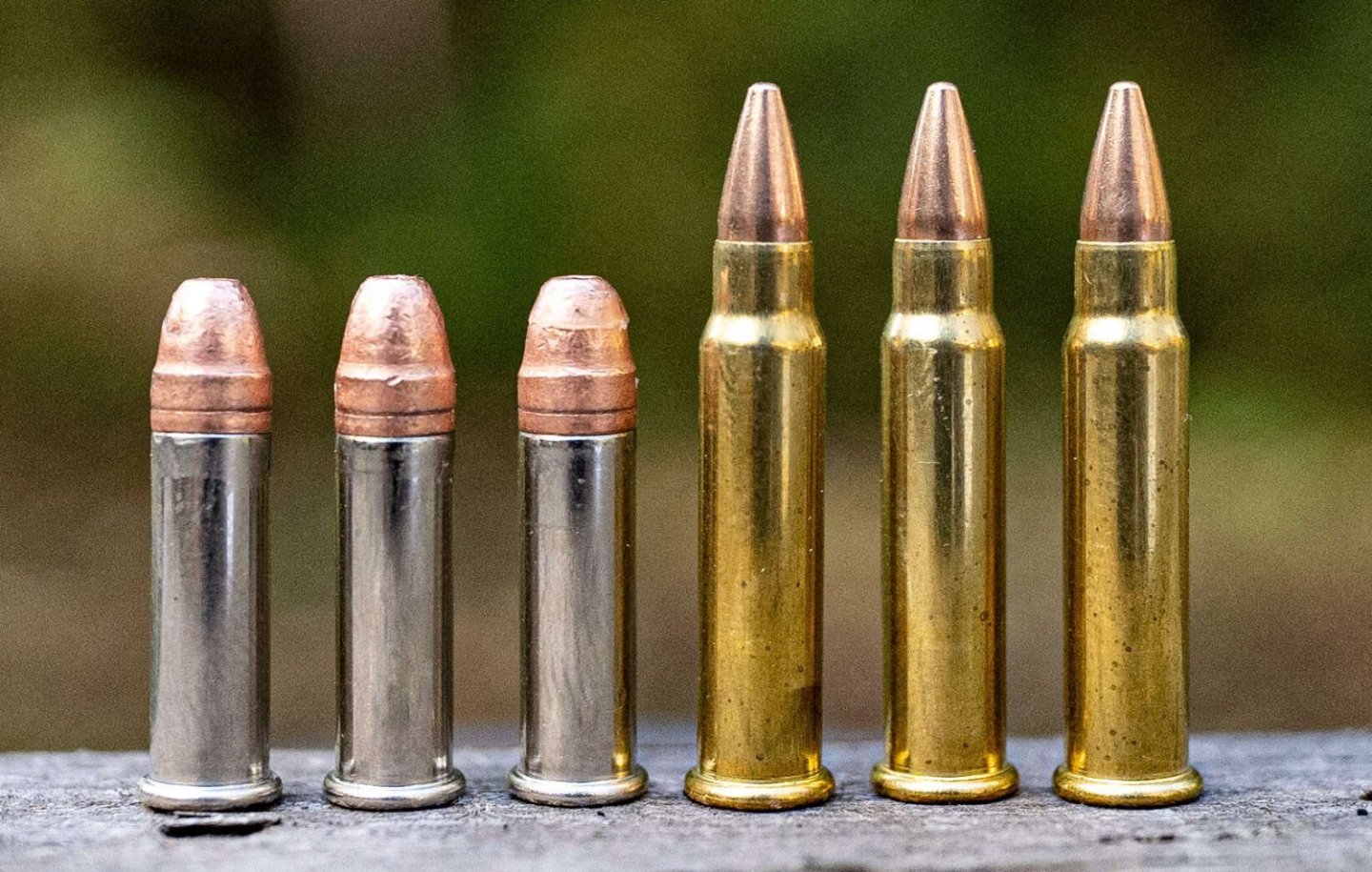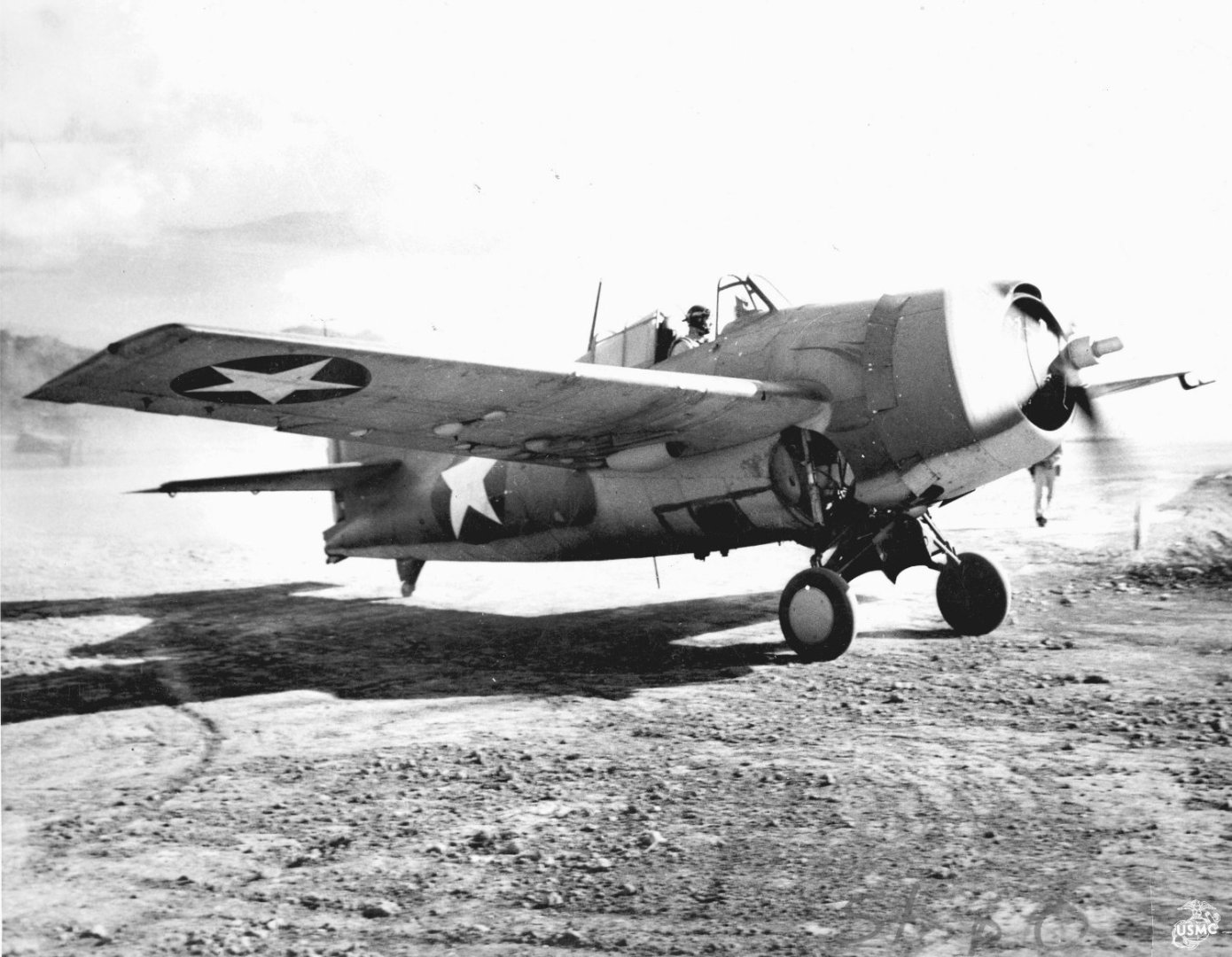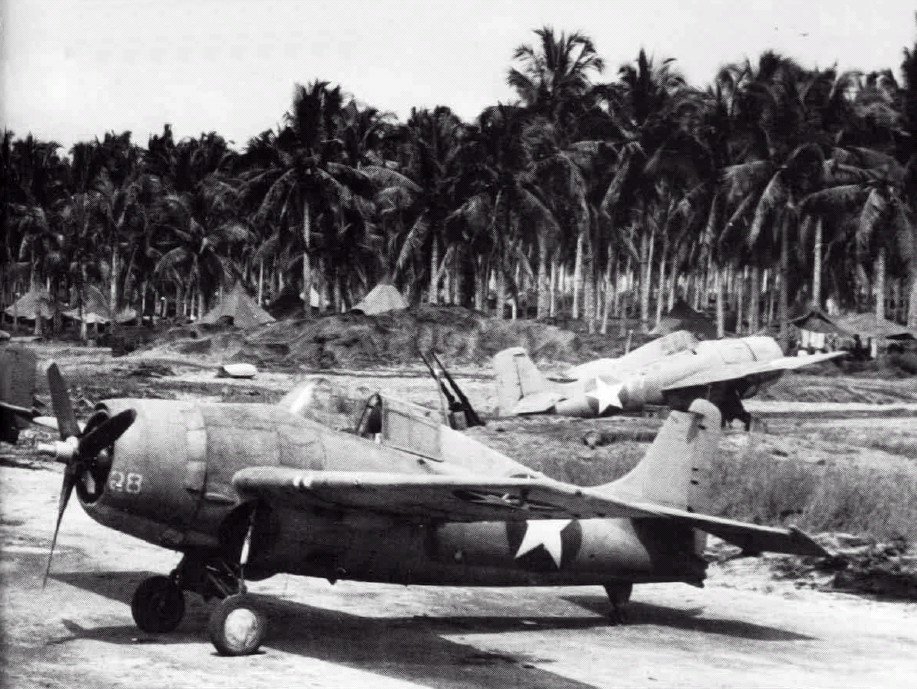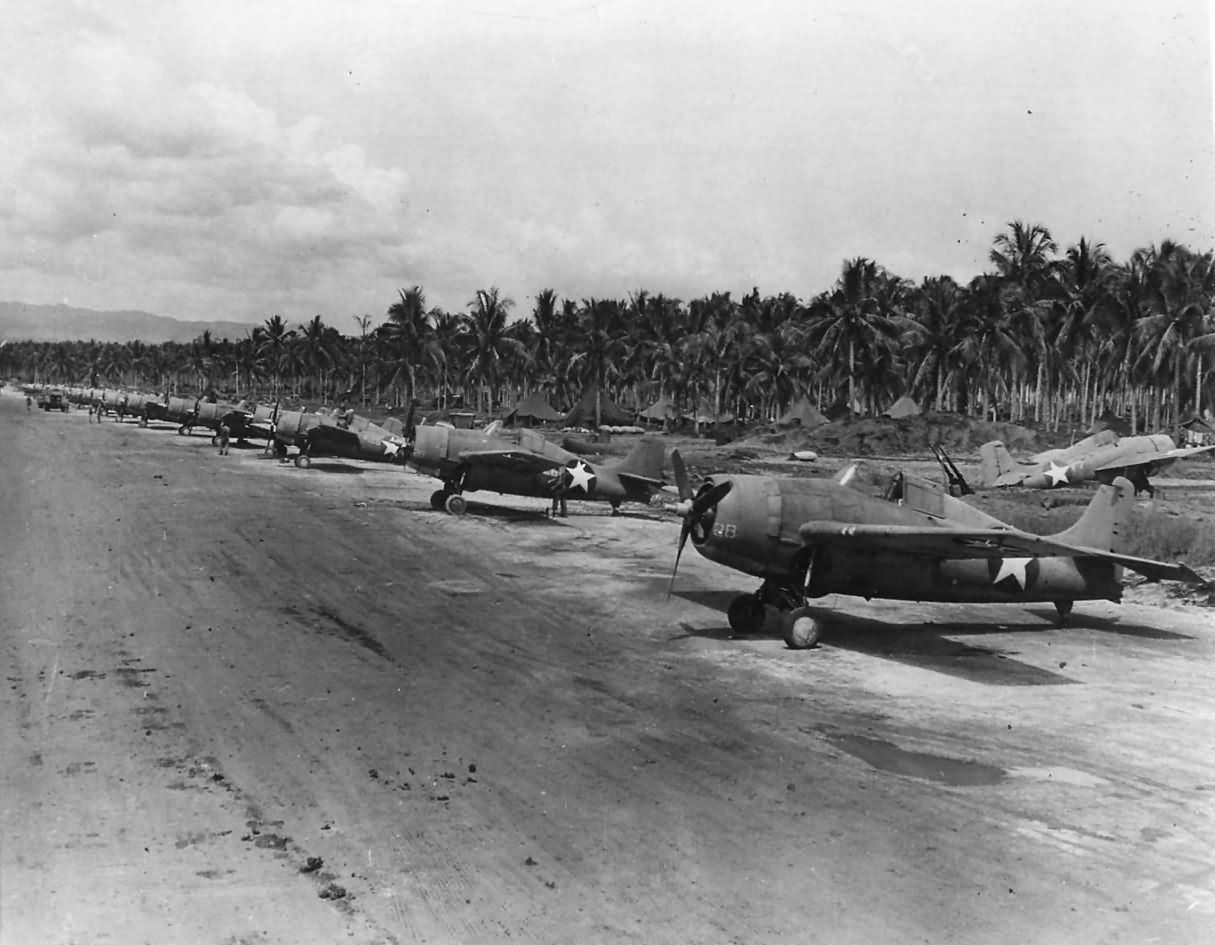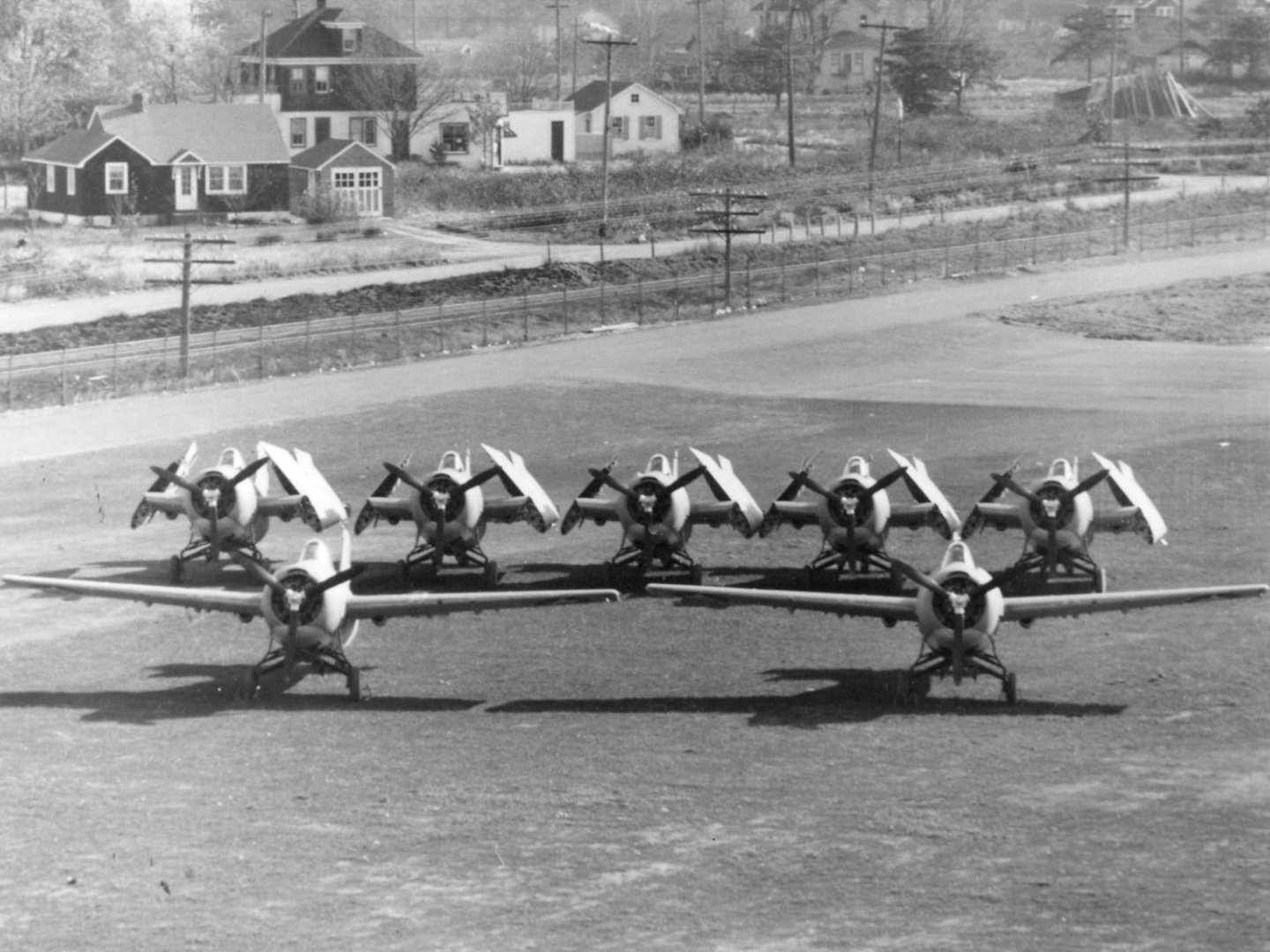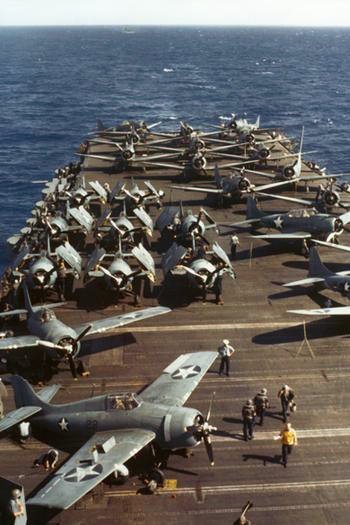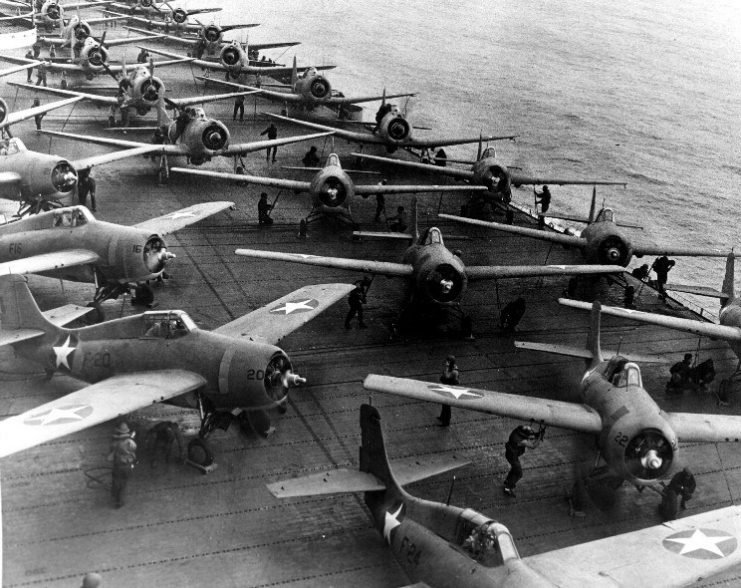-
Posts
4,364 -
Joined
-
Last visited
Content Type
Profiles
Forums
Gallery
Events
Everything posted by Egilman
-
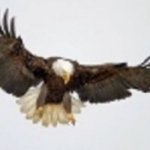
SU-85 WW2 Soviet Tank Destroyer by CDW - MiniArt - 1:35 Scale
Egilman replied to CDW's topic in Non-ship/categorised builds
In '56 or '57 or so as a kid I went thru the tail end of a hurricane, scared out of my wits when the whole house started shaking, and remembering the screech of the wind still sends shivers down my spine... Long about '72-73 or so as a teenager I saw 4 feet of snow from an overnight blizzard, we had to climb out the window to shovel a path to the door to open it... And this was smack dab in the middle of Connecticut.... I'll pass on either weather condition/situation, thank you... {chuckle} -

P-38J Wicked Woman by DocRob - FINISHED - Tamiya - 1/48
Egilman replied to DocRob's topic in Non-ship/categorised builds
Your on it brother, closest I've seen come to a true non-polished aluminum finish in a spray.... Every bit as good as RnB.... Any kind of a polished finish is incorrect for a warbird, it's the Bare Metal finish your looking for... And you've got it in spades.... that natural reflectance is perfect for a bird fresh out of the factory.... Over time that reflectiveness fades a bit as the aluminum oxidizes, but all it does is reduce the reflectiveness a bit.... The only way you will get closer to a real BMF is to actually have Bare Metal on the airframe... (imho, of course) You need do nothing more brother... you've got it.. -

P-38J Wicked Woman by DocRob - FINISHED - Tamiya - 1/48
Egilman replied to DocRob's topic in Non-ship/categorised builds
Sorry for the airhead moment brother... "Wicked Woman" indeed had black anti-glare.... Bottom profile n the pic below... P-38J-15-LO 42-23587 Wicked Woman 8th FG 36th FS... Early '44 to the end of the war... ('46 to be exact) -

P-38J Wicked Woman by DocRob - FINISHED - Tamiya - 1/48
Egilman replied to DocRob's topic in Non-ship/categorised builds
Yes, every last one of them... Ft Black or the usual OD... -

P-38J Wicked Woman by DocRob - FINISHED - Tamiya - 1/48
Egilman replied to DocRob's topic in Non-ship/categorised builds
Brother, if your doing Dick Bong's "Marge" the anti-glare panels were olive drab, not black... photo was taken at the EAA AirVenture in OshKosh, WI. 2014.... The Plane is housed at the Richard I. Bong Memorial Veterans Center in Superior, WI. They were OD on all the Pacific war P-38's and most of the European ones as well.... Bong flew three different P-38's during the war, the first was standard issue OD over Aircraft Grey, the second, was bare metal with Green wingtips and Spinners, and the last was as you see above... Bare metal with red tipped wings, stabilizers & rudders, Red Propeller spinners... It's a very well known scheme... -

SU-85 WW2 Soviet Tank Destroyer by CDW - MiniArt - 1:35 Scale
Egilman replied to CDW's topic in Non-ship/categorised builds
Reports are it will hit from the gulf side tomorrow morning as a CAT: 3 just north of Tampa... Praying for ya brothers and everyone else in the path... -

SU-85 WW2 Soviet Tank Destroyer by CDW - MiniArt - 1:35 Scale
Egilman replied to CDW's topic in Non-ship/categorised builds
Above all brothers, STAY SAFE.... -

SU-85 WW2 Soviet Tank Destroyer by CDW - MiniArt - 1:35 Scale
Egilman replied to CDW's topic in Non-ship/categorised builds
.22lr on the left .17HMR on the right// Good guess, but I think the the main casing/base is too big for scale on the .17HMR... but close... {chuckle} Kinda does look like an artillery round... (the round calibre is 1/20th an 85mm artillery round, it would more accurately represent a soviet 122mm AP round) -

P-38J Wicked Woman by DocRob - FINISHED - Tamiya - 1/48
Egilman replied to DocRob's topic in Non-ship/categorised builds
Me too, it's interesting the things that can be done today compared to what was done earlier.... In reality raised rivets in the aircraft industry when out in the late 30's in favor of flush riveting especially on wings and control surfaces... you can tell where the rivets are, but you couldn't feel them... It does add a "Look" to a model... The bare aluminum finish is going to be interesting for sure... Thanks brother for the detailed demonstration of the technique... -
Yeah, that's the real crux of it... You don't have to make a deck of it to achieve the effect, instead of a ships hull bisecting the base just a straight wall will do the same thing... Essentially, your separating the close up view from the distance view for both objects but still have them in the same aspect... The angled aspect of the ship adds action while laying it parallel to an edge tends to distract... Anyway you wish to do it I think it will be spectacular brother...
-
Ok, I would use a squarish but rectangular base, cut half-n-half along a diagonal drawn across the long length, ship in front right bedded in a mild running dark grey seas following the diagonal... Then I would build a ships side along the diagonal a bit higher than the ship and place the catapult on the deck at the left rear so it shows the aircraft launching at right angles to the diagonal... This way, you have action in both presentations, but they complement each other.... The ship steaming preparing to launch and the aircraft ready to launch.... The left rear being a detail representation of the overall presentation on the right front.... The ships side gives a break to the viewing angle so you can perceive the ship alone, and the height on the left rear gives the aircraft a representation of action alone.... Step back, and you see both the overall and detail together where one does not overwhelm the other... Just a suggestion... EG
-
Nor would they be if it is a true F4F-4.... First off the -4 only had 4 machine guns, second they didn't protrude past the leading edge... All those pics of supposed F4F-4's on the internet that show protruding gunbarrels also show the gun in the outer wing panel making a 6 machine gun variant, probably an F4F-3... They has blue tape they would put over the gunports during maintenance... Three pics of Wildcats, F4F-4's on Guadalcanal in '42, and one from the Grumman factory ramp... And a couple from the US Navy early in the war when the distinction was plain before they began modifying them wholesale... Aboard the USS Wasp, Atlantic '42 (mostly dash 3's) and aboard the Hornet at Midway.... (you can see both F4F-3's and -4's on the deck of the Hornet) Most of the pics clearly show the wing gunports taped... I would say the kit is fairly accurate for an early war -4 Wildcat...
-

Panard EBR 11 by RGL - FINISHED - Hobbyboss - 1/35
Egilman replied to RGL's topic in Non-ship/categorised builds
Really digging that WWI tech on the center wheels... {chuckle} Looks like it drove right in off the battlefield... Well Done! -

Renault RE20 Turbo by DocRob - FINISHED - Tamiya - 1/12
Egilman replied to DocRob's topic in Non-ship/categorised builds
Beautiful, simply beautiful.... -

Renault RE20 Turbo by DocRob - FINISHED - Tamiya - 1/12
Egilman replied to DocRob's topic in Non-ship/categorised builds
Actually Mark, it happened long before '63, more along the line of the late '20's... Looking at the history that is when you begin to see cars retired from the race for simple stuff like belts breaking & water leaks etc.etc.... Before that they would fix it and send the car back out for lap money, the amount of money you get for running the race increased the more laps you could complete... (we must remember that the Indy 500 is an endurance race not a speed sprint after all) The first rear engine car was run at Indy in '63, Colin Chapman of Lotus brought three Lotus 29's powered by Ford V8's across the pond to run at Indy... His #1 Driver was Dan Gurney, #2 was a Scotsman, Jim Clark... Dan qualified the #1 car for the race in the 12th position... He also tried to qualify the #2 car, but mechanical issues stopped that... Jim Clark qualified the #3 car in 5th position... They knew that they had to show well to get another shot... Dan finished the race in 7th position, Jim finished the race in second position behind Parnelli Jones who was driving one of the standard Watson/Offenhauser's that had dominated Indy for the last decade... Jim put up a very spirited challenge to Parnelli Jones and actually lead the race for 29 laps swapping back and forth over the last quarter of the race... It was a great showing for a rookie team, Lotus, and a rookie driver in his first 500...... In '64 Chapman brought the team back to Indy, (still the only rear engine cars running) and this time qualified three cars, two Lotus 34's, (Gurney & Clark) and a Lotus 29 (Bobby Marshman) Clark took the pole position with Marshman at #2, Gurney settled in at #6... Unfortunately all three cars retired early with mechanical issues, Marshman exited first on lap 39 after leading for 33 laps due to a lost oil plug finishing 24th... Clark exited right behind him on lap 47 after taking over the lead from Marshman due to a minor suspension issue finishing 23rd.... Gurney finished in 17th place after abnormal tire wear caused his retirement in the 110th lap... All of these issues could have been repaired relatively quickly in the past, but the race had gotten so fast that in the time it would have taken to fix them there would be no chance of completing the race... But what came from this was everyone else running cars at Indy realized that the rear engine cars were the future and were poised to dominate in the very near future... That's how dominant the Lotus's were in the short time they were on the track... And in '65, history was made.... Jim Clark took a Lotus 38 to a absolutely dominate victory leading 189 of the 200 laps, (with AJ Foyt leading the other 11 laps in a Lotus 34, AJ's car retired after 110 laps) and Parnelli Jones piloted a Lotus 34 to second place..... Lotus's dominated taking 3 of the top 4 final positions and 5 of the top ten... (the top 5 positions were the only cars on the lead lap at the finish) The 9th finishing position was taken by Al Unser driving a Lola T-80/Ford... The rear engine car was there to stay.... In '66, rear engine open wheel formula cars, from 4 different manufacturers, took nine of the top ten starting positions... (a Watson 66/Ford took the 8th starting position, the last time a roadster appeared in a top ten starting position at Indy) In two short years, decades of auto development at Indy went into the trash heap of history, it was a revolution in racing.... -

Renault RE20 Turbo by DocRob - FINISHED - Tamiya - 1/12
Egilman replied to DocRob's topic in Non-ship/categorised builds
Gators Grip, only glue I would use for such.... -

Airplanes and Tanks in plastic by Jörgen
Egilman replied to Jörgen's topic in Non-ship/categorised builds
Amen to this!!!! I would like to see how he does some of his effects as well.... Jörgen, You, like many here, have a special talent, please share it with the rest of us.... EG -
Just a note, the engine in the pics is a '32 2.3L that was factory installed in an 8C Monza, chassis number 2111037, vintage 1932... It was acquired by and part of the Peter Giddings collection in 2011... Removed when the car was restored by Auto Restorations, it is said to have been rebuilt with a new crankshaft at that time and retained by Giddings as a spare... It sold at Sotheby's Monterey auction in 2021 for $90K... https://rmsothebys.com/en/auctions/mo21/monterey/lots/n0006-alfa-romeo-8c-engine/1118281#
About us
Modelshipworld - Advancing Ship Modeling through Research
SSL Secured
Your security is important for us so this Website is SSL-Secured
NRG Mailing Address
Nautical Research Guild
237 South Lincoln Street
Westmont IL, 60559-1917
Model Ship World ® and the MSW logo are Registered Trademarks, and belong to the Nautical Research Guild (United States Patent and Trademark Office: No. 6,929,264 & No. 6,929,274, registered Dec. 20, 2022)
Helpful Links
About the NRG
If you enjoy building ship models that are historically accurate as well as beautiful, then The Nautical Research Guild (NRG) is just right for you.
The Guild is a non-profit educational organization whose mission is to “Advance Ship Modeling Through Research”. We provide support to our members in their efforts to raise the quality of their model ships.
The Nautical Research Guild has published our world-renowned quarterly magazine, The Nautical Research Journal, since 1955. The pages of the Journal are full of articles by accomplished ship modelers who show you how they create those exquisite details on their models, and by maritime historians who show you the correct details to build. The Journal is available in both print and digital editions. Go to the NRG web site (www.thenrg.org) to download a complimentary digital copy of the Journal. The NRG also publishes plan sets, books and compilations of back issues of the Journal and the former Ships in Scale and Model Ship Builder magazines.

